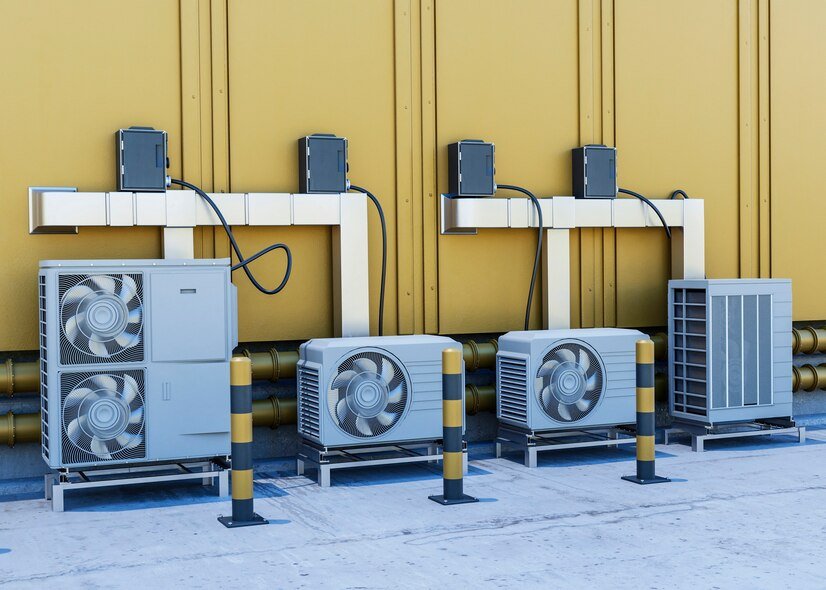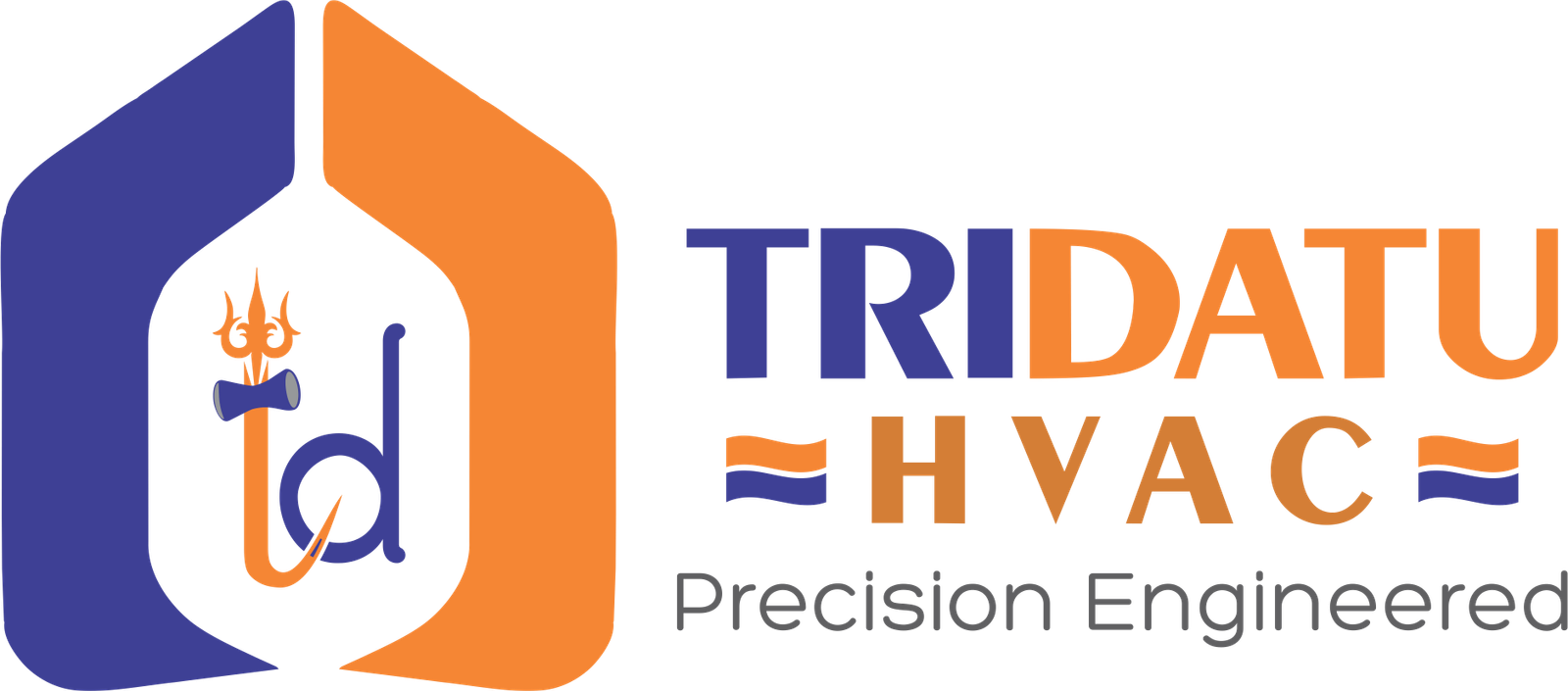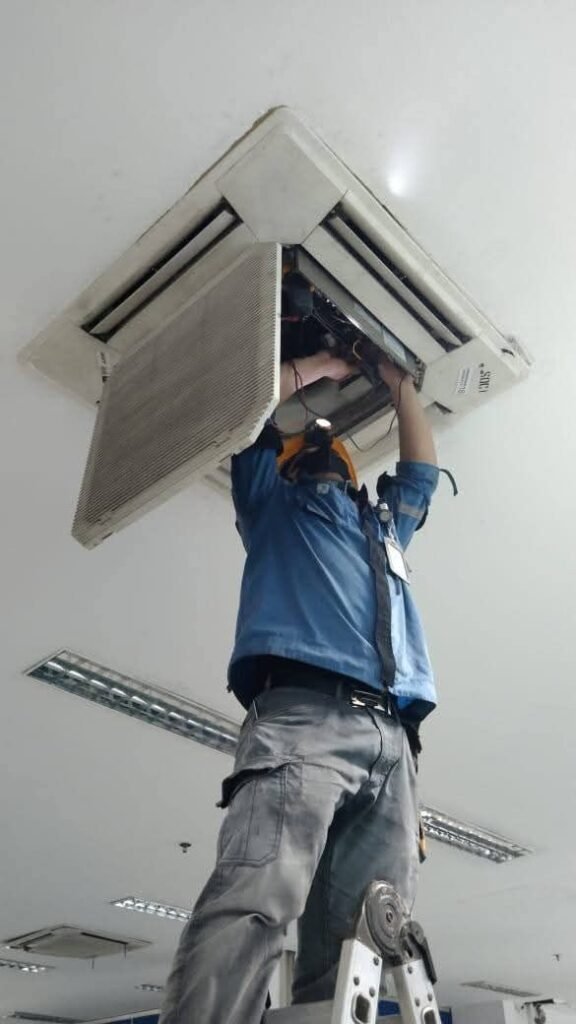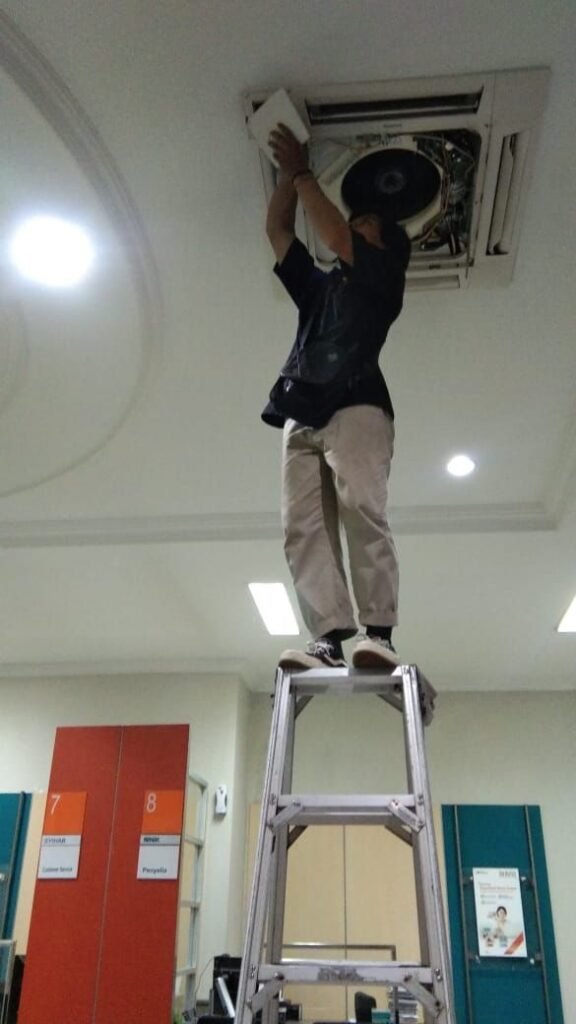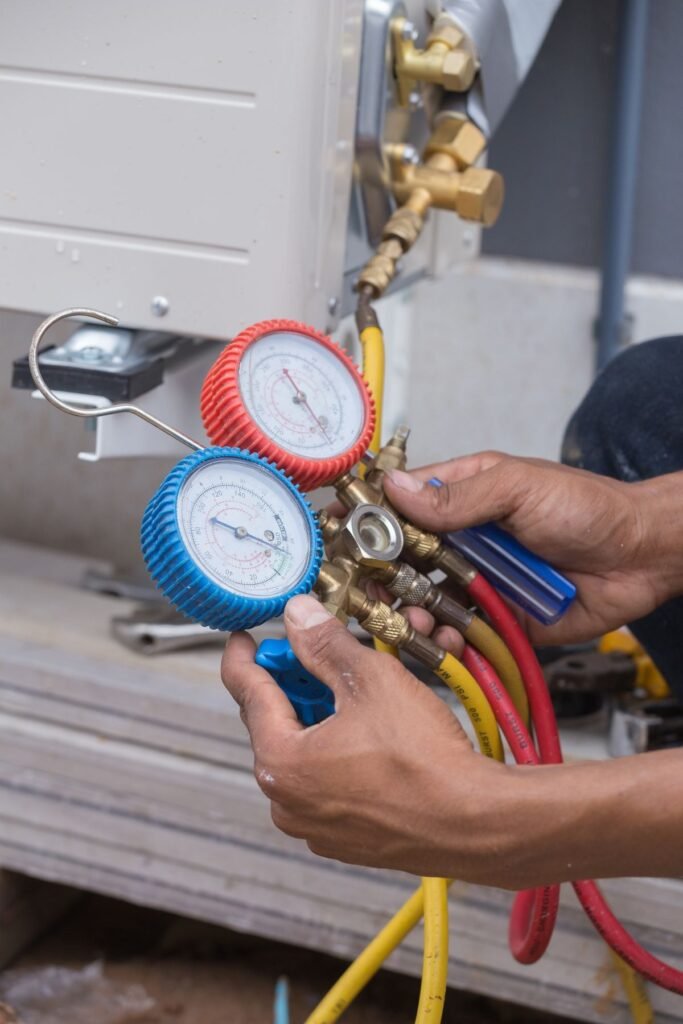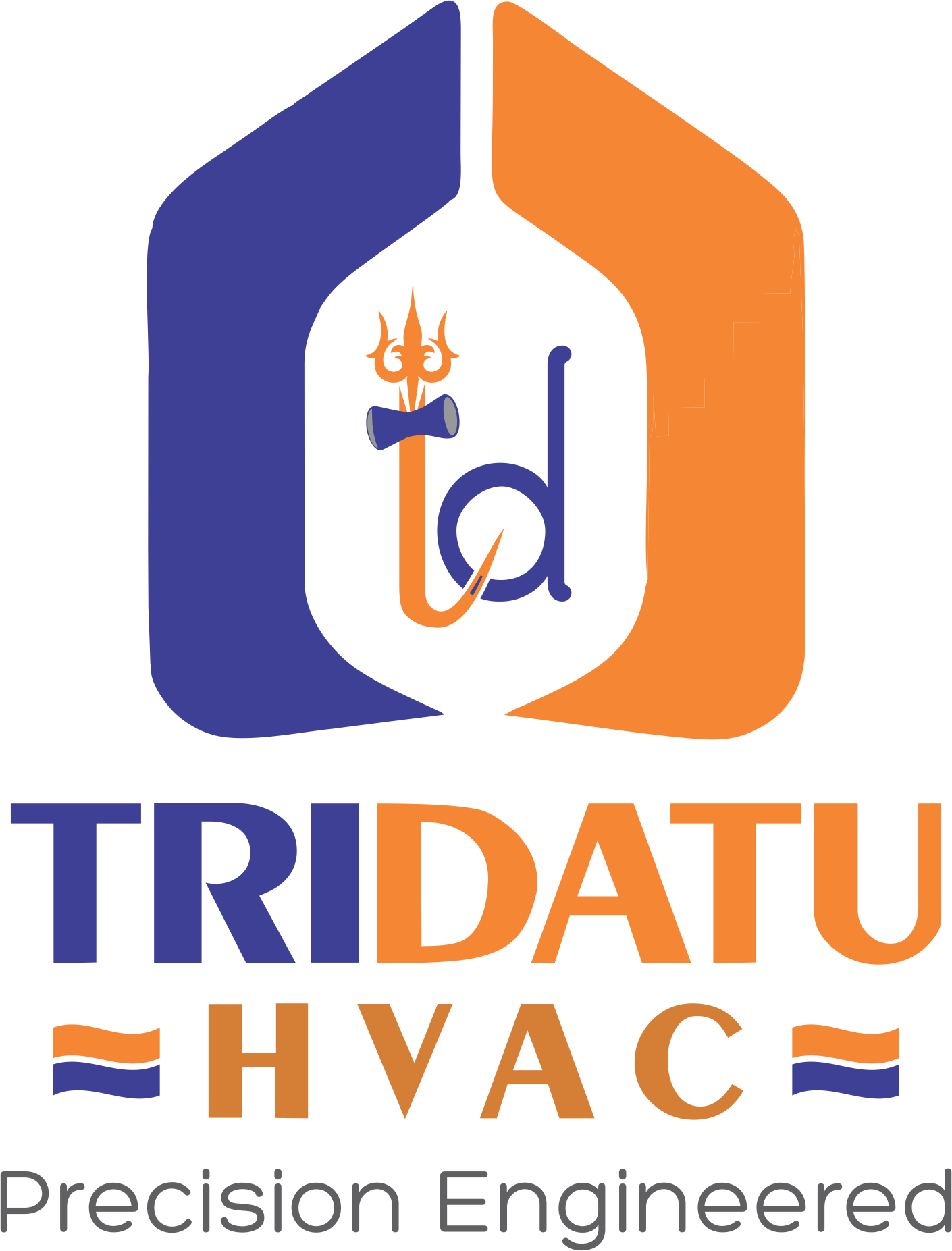Retrofit & Upgrades
We specialize in enhancing the performance, reliability, and energy efficiency of existing HVAC systems through carefully planned retrofits and upgrades. Our approach involves evaluating the current plant condition, identifying outdated or inefficient components, and replacing them with modern, high-efficiency solutions.
Upgradation may include:
- Energy-efficient equipment replacement such as chillers, pumps, fans, and air handling units.
- Advanced control systems including BMS integration, variable frequency drives, and smart sensors.
- Indoor air quality improvements with upgraded filtration, UV-C disinfection, and humidity control.
- Optimized system design to meet current load requirements, reduce operating costs, and extend equipment life.
System Modernizations
HVAC System Modernization
It involves upgrading existing heating, ventilation, and air-conditioning infrastructure to meet current efficiency, comfort, and sustainability standards. The process starts with a thorough assessment of the existing plant to identify outdated equipment, energy losses, and performance gaps.
Equipment Upgrades
- Replace Old Chillers / Compressors with high-efficiency models (e.g., magnetic bearing chillers, variable speed compressors).
- Upgrade AHUs & FCUs with energy-efficient EC motors.
- Install VFDs (Variable Frequency Drives) on pumps, fans, and compressors for load-based operation.
- Switch to Low-GWP Refrigerants to meet current environmental standards
Energy-Efficient Conversions
Energy efficiency improvements focus on optimising HVAC system performance to reduce energy consumption while maintaining or enhancing comfort and reliability. These measures are designed to lower operating costs, extend equipment life, and support sustainability goals.
Key improvement strategies include:
- High-efficiency equipment upgrades such as chillers, pumps, fans, and air handling units with advanced motor technology.
- Variable Frequency Drives (VFDs) on pumps, fans, and compressors to match output with actual load demand.
- Energy Recovery Ventilation (ERV) to reclaim energy from exhaust air.
- Advanced control systems using BMS, IoT sensors, and AI-based optimisation for real-time efficiency management.
- Duct and pipe insulation upgrades to minimise thermal losses.
- Chilled water and airflow balancing to avoid overcooling or overheating.
- Scheduled preventive maintenance to keep equipment running at peak efficiency.
Smart HVAC Integration
Smart integration and control automation in HVAC systems bring together advanced monitoring, intelligent controls, and automated responses to optimise system performance and energy use. By connecting equipment, sensors, and software platforms, these solutions allow precise, real-time control over temperature, humidity, airflow, and energy consumption.

